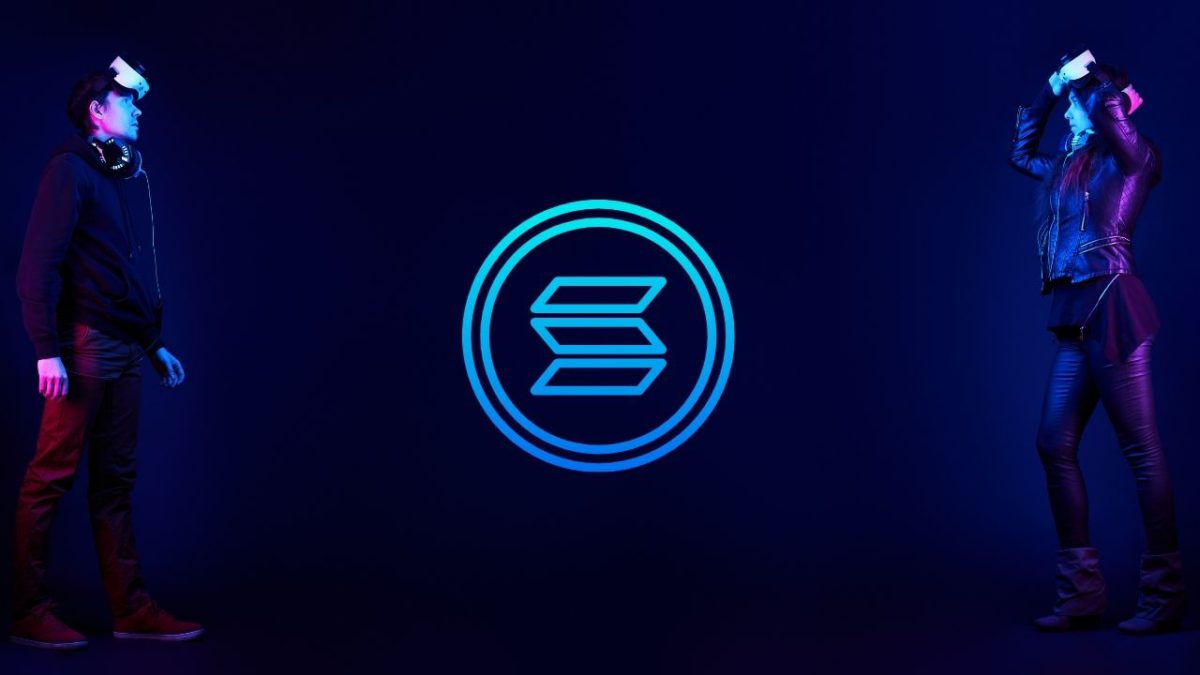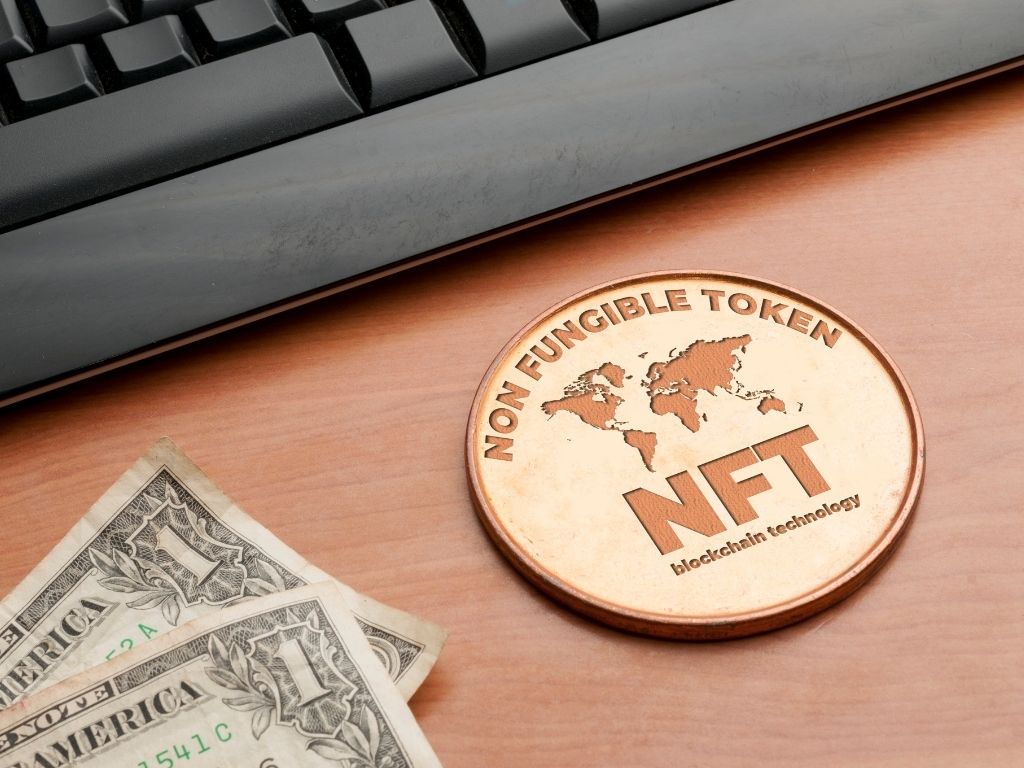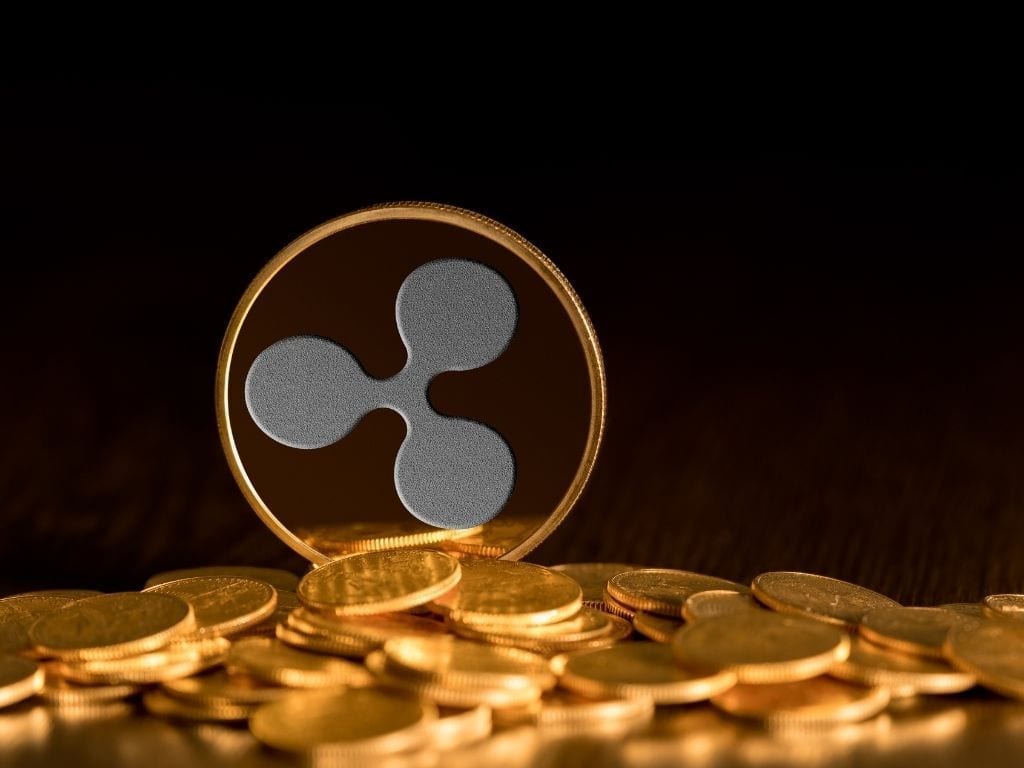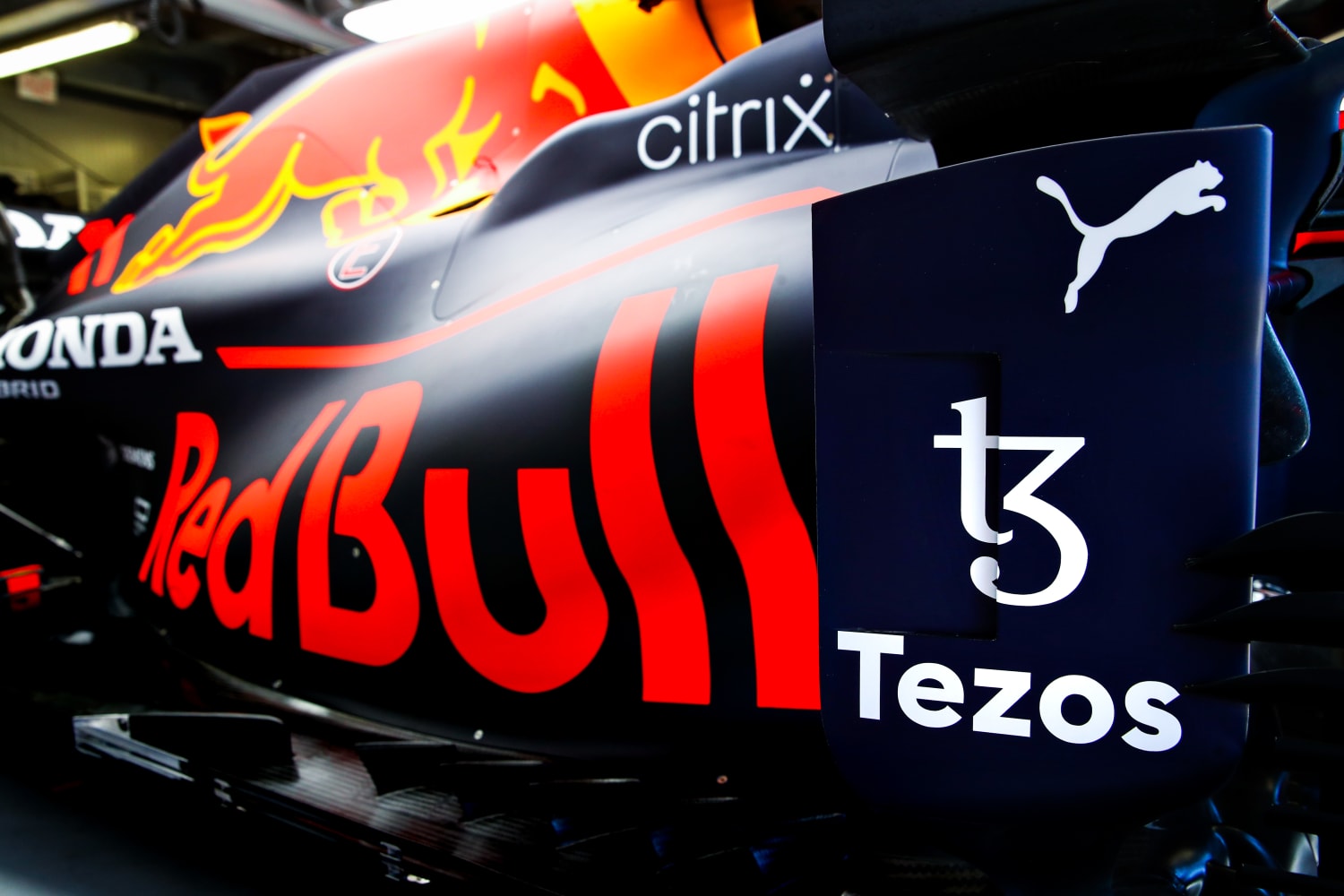Top 6 NFT Blockchain That Are Famous For Right Reasons
Nonfungible tokens (NFTs), one of the most widely used applications of blockchain technology, are frequently used to demonstrate and exchange ownership of physical and digital assets and intellectual property. Yet how do NFT blockchain function?
The usage of metadata by NFTs to individually represent themselves sets them apart from digital images. In contrast to digital images, NFTs’ information aids in bestowing distinctive characteristics and identifiers that can be used to indicate ownership, uniqueness, and other aspects of today’s digital or physical art and property.
This metadata (or a data string related to this metadata) must be uploaded as a distinct cryptographic token over an operational blockchain during the minting process to create NFTs. This article walks us through the many blockchains that underpin the NFT ecosystem’s foundation.
NFT marketplaces versus NFT blockchains
NFTs lose their inherent property as immutable, verifiable, unique identities without blockchains. As a result, the NFT has found use as a tool to establish and confirm the legal ownership of various assets, such as artwork, intellectual property, real estate, and a wide range of collectibles.
NFT marketplaces are public spaces where people can mint (make), buy, and trade NFTs. While most NFT blockchains have their marketplaces, users who want to serve a wider spectrum of customers can also use third-party marketplaces. In the sections below, let’s discuss some leading blockchains driving the fascinating NFTs market.
Top 6 NFT blockchain to know
NFT Blockchain – Ethereum
On the Ethereum blockchain, NFTs were first introduced in 2014. NFTs changed into a smart contract-based tool with the advent of the ERC-721 standard, finding financial use cases in, among other things, gaming, the arts, tangible assets, and music.
Ethereum introduced ERC-1155 as an official smart contract standard to encourage widespread NFT blockchain adoption as the NFT ecosystem began to take off in 2017. A separate smart contract had to be created for each type of token supported by the earlier token standards, such as ERC-20 and ERC-721. This meant that the network would need to create a smart contract to match each NFT before any NFTs could be transmitted.
A smart contract interface specifically for transferring many token types at once and reducing transaction costs was introduced with the ERC-1155 multi-token standard. In terms of hosting NFTs, the Ethereum blockchain commands a market share of more than 90%. The Ethereum network has hit its saturation threshold and now charges hefty gas fees to mint and trade NFTs due to hosting the bulk of them.
As alternative NFT ecosystems, numerous other blockchains have started to operate, gradually easing the load on the Ethereum network. Additionally, the upcoming version of the Ethereum blockchain, known as Ethereum 2.0, aims to boost network efficiency and cut costs by integrating features like staking and the unification of the BNB Beacon Chain with the mainnet among others.
NFT blockchain – Solana
An NFT blockchain is one of the most likely to host and trade NFTs in the Solana (SOL) ecosystem. The Solana blockchain offers a high throughput and minimal fees compared to Ethereum, the NFT industry leader.
To provide different tools, smart contracts, and services linked to NFT development, the Solana blockchain uses its internal Metaplex brand umbrella. Unlike the Ethereum blockchain, Solano introduces stateless smart contracts and includes features for quicker and less expensive transactions. The proof-of-stake (PoS) and proof-of-history consensus algorithms are combined on the Solana blockchain.
The Solana blockchain’s promise of censorship resistance and practically nonexistent transaction costs is one of its key differentiating qualities, drawing NFT artists and traders to the Solana marketplace.
Solana makes lower transaction costs for NFTs achievable by getting beyond the requirement for internal storage. The Statelessness of all NFT smart contracts on Solana enables nodes to verify their validity without storing local validations. Third-party accounts can access recently implemented smart contracts and store data on the Solana blockchain.
NFT blockchain – Polygon
The Polygon NFT blockchain, formerly Matic, is the second layer (L2) positioned over the Ethereum mainnet. The ecosystem allows users and developers to connect portals and send materials from the mainnet to Polygon.
Like other Ethereum-alternative blockchains, the Polygon blockchain is a scaling solution to drastically lower transaction fees and times. Polygon’s L2 solution promises a transaction finality of 26.08 transactions per minute, faster than Ethereum’s transaction finality speed, which can complete up to six transactions in a minute (10 seconds for each transaction) (2.3 seconds per transaction).
Users frequently choose Polygon over other well-known blockchains because no upfront charges are involved in minting fresh NFTs. But in exchange for selling the freshly created NFTs, the network levies a fee (often 2.5 percent).
NFT blockchain powered by Cardano
The Cardano (ADA) NFT blockchain is a third-generation Proof-of-Stake (PoS) blockchain platform that intends to address the problems with the first- and second-generation platforms, Ethereum (ETH) and Bitcoin (BTC), respectively. On Cardano, users can self-minting NFTs via the Cardano node, which gives them complete control over the minted token or utilizing one of the native third-party services.
A cost is necessary for every transaction on Cardano, including minting, buying, and selling NFTs. Currently, the fee is based on the file size being sent. Files with smaller sizes will therefore be charged less than files with larger sizes. The ecosystem offers wallets for storing NFTs and DeFi assets and internal markets for the minting and selling NFTs.
NFT blockchain using BNB Smart Chain (BSC)
The BNB Chain comprises two NFT blockchains: BNB Beacon Chain (formerly Binance Chain), which supports governance efforts like voting and staking, and BNB Smart Chain (BSC), which powers NFT projects and includes additional features.
The BNB Smart Chain (BSCNFTs )’s are compatible with other blockchains. Additionally, BNB is the preferred platform for NFT developers to use when creating an NFT marketplace because it is more affordable and quick than the competition and supports cross-chain and the Ethereum Virtual Machine (EVM).
BSC employs the ERC-721 Ethereum standard to verify token ownership. Investors can trade digital collectibles using BNB coins and BEP-20 tokens within a BSC NFT marketplace. The Solidity programming language is typically used to create BNB smart contracts.
Also, read – What should NFT marketplace development companies focus on?
NFT blockchain: Tezos
The TZIP-012 standard is used by the PoS blockchain Tezos (XZT) to store NFTs on smart contracts, which are frequently referred to as FA2 contracts. A unified token contract interface called FA2 is an internal token standard. The Tezos blockchain is an environmentally friendly substitute for the other top blockchains in the NFT industry.
Users of Tezos can create single- and multi-token smart contracts while still preserving interoperability with wallet integrators and outside developers, thanks to the FA2 standard. All FA2-compliant contracts must also deliver contract-level metadata by the TZIP-016 standard of Tezos. The TZIP-012 standard can be updated in the future to add backwards-compatible assistance for on-chain views or wrapping.
Stay informed with daily updates from Blockchain Magazine on Google News. Click here to follow us and mark as favorite: [Blockchain Magazine on Google News].
Get Blockchain Insights In Inbox
Stay ahead of the curve with expert analysis and market updates.
latest from tech
Disclaimer: Any post shared by a third-party agency are sponsored and Blockchain Magazine has no views on any such posts. The views and opinions expressed in this post are those of the clients and do not necessarily reflect the official policy or position of Blockchain Magazine. The information provided in this post is for informational purposes only and should not be considered as financial, investment, or professional advice. Blockchain Magazine does not endorse or promote any specific products, services, or companies mentioned in this posts. Readers are encouraged to conduct their own research and consult with a qualified professional before making any financial decisions. The featured image used is just a creative depiction of the title and it does not intend to hurt sentiments of any person or institution. If it hurts anyone sentiments, please do not hesitate to reach out to Blockchain Magazine.

 Bitcoin
Bitcoin  Ethereum
Ethereum  XRP
XRP  Tether
Tether  Solana
Solana  Dogecoin
Dogecoin  USDC
USDC  Cardano
Cardano  Lido Staked Ether
Lido Staked Ether  TRON
TRON  Chainlink
Chainlink  Avalanche
Avalanche  Sui
Sui  Wrapped stETH
Wrapped stETH  Wrapped Bitcoin
Wrapped Bitcoin  Stellar
Stellar  Toncoin
Toncoin  Hedera
Hedera  Shiba Inu
Shiba Inu  Polkadot
Polkadot  WETH
WETH  LEO Token
LEO Token  Litecoin
Litecoin  Bitcoin Cash
Bitcoin Cash  Bitget Token
Bitget Token  Hyperliquid
Hyperliquid  Uniswap
Uniswap  Official Trump
Official Trump  Wrapped eETH
Wrapped eETH  Pepe
Pepe  USDS
USDS  NEAR Protocol
NEAR Protocol  Ethena USDe
Ethena USDe  Aave
Aave  Aptos
Aptos  Internet Computer
Internet Computer  Ondo
Ondo  WhiteBIT Coin
WhiteBIT Coin  Ethereum Classic
Ethereum Classic  Monero
Monero  Mantle
Mantle  Cronos
Cronos  POL (ex-MATIC)
POL (ex-MATIC)  Render
Render  Dai
Dai  Algorand
Algorand  MANTRA
MANTRA  OKB
OKB 




